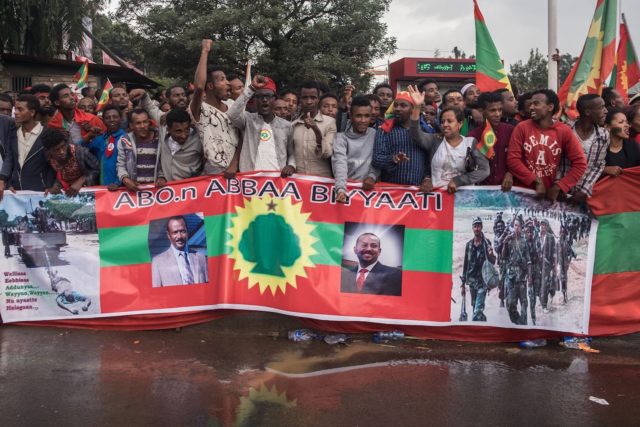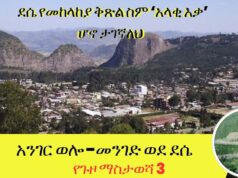Within a few shorts months, Ethiopia has witnessed a dramatic transformation. The new prime minister, Abiy Ahmed, signed a peace agreement with Eritrea after years of simmering tensions. He has also granted pardons and amnesties to thousands of individuals and organizations once branded terrorists; all opposition groups based in Ethiopia or elsewhere have been invited to join in a peaceful transformation; media organizations are able to report more freely; legal reform councils and working groups have been established to review laws that were instrumental in the suppression of civil and political rights; and half of the prime minister’s cabinet is made up of women.
This unprecedented and rapid change comes against a more disconcerting backdrop of unrest. Ethiopia is a multiethnic giant with around 100 million people (belonging to more than 80 ethnic groups and speaking many languages), giving its transformation greater regional significance.
But there is also a risk. In this transformation, ethnic conflicts might increase in intensity and number, both as a result of a backlash by conservative forces rejecting the rapid reforms or due to the sudden liberalization of the public space.
These conflicts might in turn precipitate ill-conceived moves, including secession, which could have deadly consequences in communities where violence has been the principal means of settling communal disputes.
Indeed, Ethiopia’s political system today has strong parallels with that of Yugoslavia in the 1990s.
Similar to the former Yugoslavia, Ethiopia is a federal state with nine units organized along ethnic lines: The Tigray, Somali, Amhara, and Oromia regions (around 80 percent of Ethiopia) take their names from the dominant ethnic groups.
Empowering ethnic groups through territorial autonomy has been a double-edged sword: While allowing self-government has reduced tensions stemming from the dominance of a particular group, it places ethnic belonging at the center of politics, links it to territory, and therefore risks an eventual increase in ethnic tensions.
Yugoslavia was dominated by the multinational League of Communists, which had become a de facto confederation of republican parties by 1990. Likewise, Ethiopia has been ruled for decades by the Ethiopian People’s Revolutionary Democratic Front (EPRDF), a coalition of mostly ethnoregional political parties, dominated by the socialist Tigray People’s Liberation Front (TPLF). Both combined nondemocratic traits with ethnofederalism.
Yugoslavia experienced political transformation in the late 1980s, just as Ethiopia is today. Now, as then, questions about the future political and economic system have come to the fore, and power struggles are being overlaid with ethnic politics.
Conservative groups—whether the military and its allies among the Serb leadership in the old Yugoslavia or the long-dominant TPLF and its military and intelligence allies in Ethiopia—stand to lose the most from democratic transformation.
While it may appear that there is little reason for fear at the moment, secessionist claims of small groups in the Ethiopian Somali region have been around for decades, making the area a conflict zone until recently. The Tigray region could spark a crisis, too.
Some might consider this risk illusory, owing to the regions’ entrenched stake in a unitary Ethiopian state, regional authorities are making implicit threats of secession and even denying access to the region for federal law enforcement, as well as providing safe haven for individuals suspected of crimes against humanity and corruption.

























